DC_Grounding_Grounding_Series_(Part_5).pdf
Transcript:
[0m:4s] Hi I'm Josh Bloom, welcome to another video in the RSP Supply education series. If you find that these videos are helpful to you, it certainly helps us out if you could give us a big thumbs up and subscribe to our channel.
[0m:15s] In today's video we want to continue on in our series which we are talking about electrical grounding.
[0m:22s] In our last video, we talked about grounding basics in regards to AC powered electrical systems with a focus on systems that operate between 50 and 1000 volts AC. If you have not already seen that video or other videos in this series, we encourage you to go back and watch those videos so that you might better understand some of the concepts we will discuss in this series.
[0m:47s] The topic we will focus on today is grounding basics in regards to DC electrical systems, especially those that have an operating voltage between 50 and 300 volts DC. We will also discuss grounding lower voltage DC systems as well, specifically that have an operating voltage below 24 volts DC. We hope that by the end of this video you will have a better understanding of the different requirements DC grounding systems have, and understand how DC grounding varies from AC grounding systems.
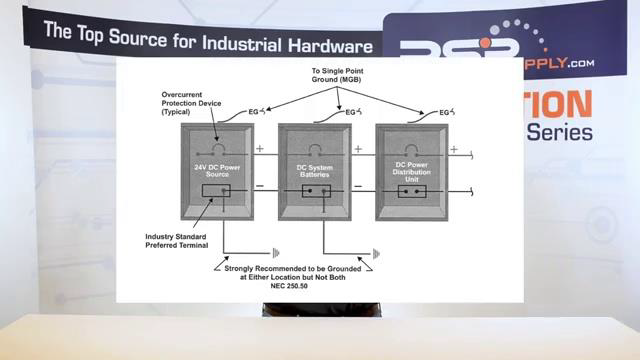
[1m:23s] We also hope you gain a solid understanding of lower voltage grounding systems and how they should be implemented.
[1m:31s] First, in regards to higher voltage DC systems, it should be noted that any DC electrical system that operates above 50 volts is required to be grounded by the NEC. With that said,
[1m:45s] 48 Volt DC systems do fall into this grounding category because of the fact that the standard charging voltage for these systems is most often higher than 50 volts DC.
[2m:1s] In order to properly ground one of these systems, it is required that a bond be made to the return conductor.
[2m:8s] This bond can be made directly at the power source or also at the first place where the circuit can be interrupted.
[2m:17s] However, this bond should not be made at both locations. It is also important to note that the grounding electrode conductor is not smaller than the largest conductor in the DC circuit that is in question.
[2m:32s] Also, the size of the conductor that is being used to bond different locations within the power distribution portion of the circuit
[2m:41s] should not be smaller than the grounding electrode.
[2m:45s] Once these factors have been considered, it is important that the DC grounding system be tied into the main facility grounding system at one point, most likely the main grounding bus for that location. Both the negative and positive leads can be grounded in this type of DC Circuit. However, it is more common to see the positive lead be grounded for these types of systems. In regards to lower voltage DC electrical systems, the NEC does not actually require any grounding. With that said it is strongly recommended that a proper grounding system be installed anyway.
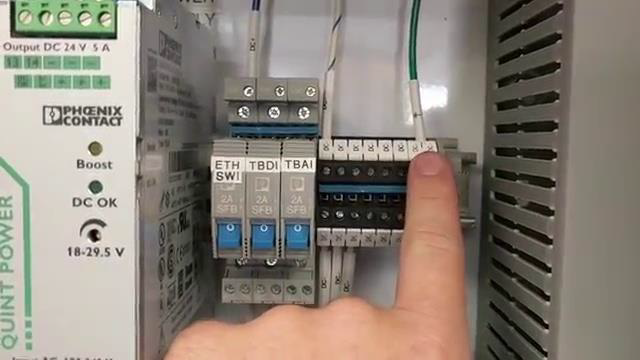
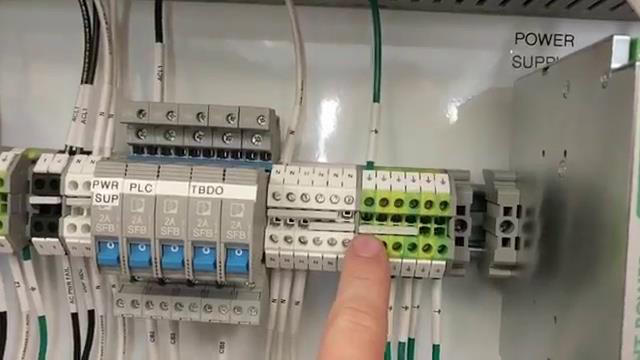
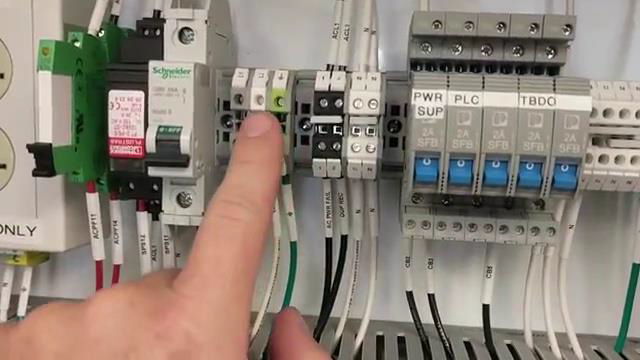
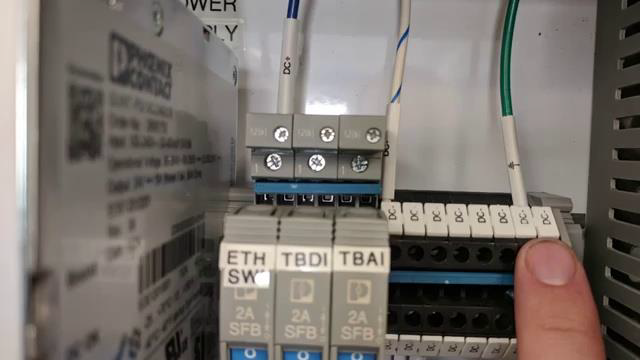
[3m:29s] When grounding a lower voltage system, all of the same rules can be followed that we used on the higher voltage DC system. The only difference between these two is that in the lower voltage system, it is more common to see the negative lead be grounded as opposed to the positive lead.
[3m:47s] But just as before either lead can actually be used.
[3m:51s] Just make sure that whichever lead is chosen that it is labeled as such. By better understanding how to properly ground DC electrical systems, you will hopefully be more confident in implementing these standards into your own practical use cases. This understanding also provides a better overall grasp of a very complicated topic that is electrical grounding.
[4m:14s] For a full line of electrical grounding equipment and thousands of other products, please go to our website. For more information or other educational videos, go to RSPSupply.com, the Internet's top source for industrial hardware. Also, don't forget: like and subscribe.




